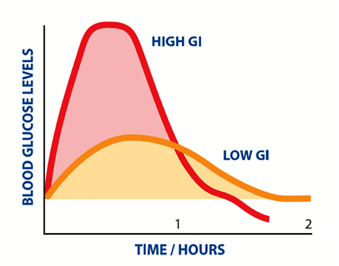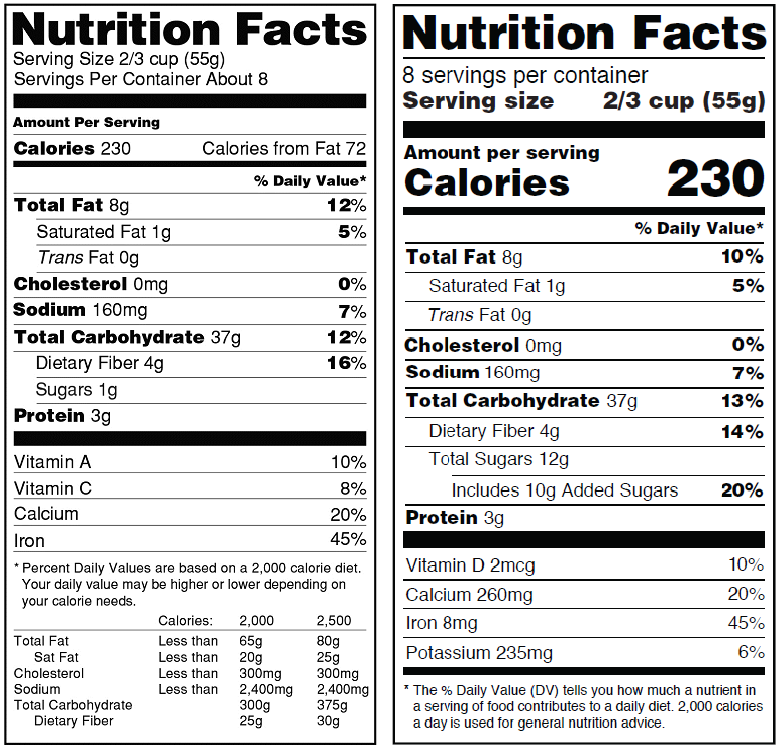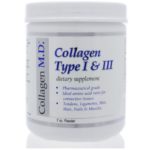Disturbing side effects of chewing gum. Alternative bad breathe ideas and reasons why you should rethink putting gum in your mouth.
Gut Destruction
Chewing gum manufacturers have been turning to an ingredient called titanium dioxide for years. Now used in nanoparticle form, this extremely tiny metal compound is posing some serious emerging health threats. This is probably the scariest reason to avoid gum.
Generally recognized as safe by the Food and Drug Administration, this compound is often used in nanoparticle form to create a bright white pigmentation in paints, plastics … and chewing gum. (2) It’s also found in tons of other foods, like candies and powdered white sugar (donuts!) and even bread. Although it’s allowed on store shelves and considered safe, scientists are starting to paint a different picture.
In fact, a 2017 study published in the journal NanoImpact shows that nano-titanium oxide ingredients like titanium dioxide can severely impact gut health. Researchers exposed small intestinal cells to a meal’s worth of nanoparticles over four hours (acute exposure) or three meal’s worth over five days (chronic exposure). What they found is a bit shocking.
Chronic exposure to titanium dioxide nanoparticles in the diet:
Weakened the intestinal barrier
Slowed down metabolism
Triggered inflammation
Weakened the gut’s defense against pathogens
Blocked nutrient absorption of key nutrients like iron, zinc and fatty acids
The nanoparticles actually blunted the effectiveness of the small intestines’ microvilli. Microvilli are tiny projections that jut off of small intestinal cells and work to absorb nutrients our bodies need to survive. (3)
People also face this type of titanium dioxide exposure through toothpaste, and it’s even sometimes used to created a smoother texture in chocolates and to create a brighter appearance in skim milk.
In 2012, Arizona State University found that titanium dioxide nanoparticles turned up in five percent of products tested, including Twinkies and mayonnaise samples. Under public pressure, Dunkin Donuts stopped using nano-titanium dioxide in its donuts’ powdered sugar in 2015.
“To avoid foods rich in titanium oxide nanoparticles you should avoid processed foods, and especially candy. That is where you see a lot of nanoparticles,” — Gretchen Mahler, PhD, study co-author and assistant professor of biomedical engineering at Binghamton University, State University of New York. (4)
Beyond that, many chewing gum products contain emulsifiers to retain flavor and keep gum from sticking to your teeth. (5) The trouble is, many emulsifiers act almost like detergent in your digestive tract, throwing off the natural balance of your gut flora. In fact, research in lab animals suggests certain emulsifiers used as food additives could contribute to colon cancer development.
Is Chewing Gum Bad? More Reasons to Stop
Migraines
For children and adolescents dealing with vicious migraines and tension headaches, the natural solution could be right under their noses: Stop chewing gum. A small study published in Pediatric Neurology discovered that nixing gum led to significant improvements in 26 out of 30 adolescents in the study. Amazingly, 19 of them experienced complete headache resolution. No pills, no treatments — they just stopped chewing gum. (6)
If you’re trying to figure out how to get rid of a migraine naturally, your gum habit is a great place to start. In tweens and teens, common proven headache triggers include stress, lack of sleep, hot weather, video games, noise, sunlight, smoking, skipping meals and menstruation. Now we can add gum to the list. Researchers aren’t sure if it’s the artificial sweeteners or a TMJ issue related to gum and headaches, but the good news is we can stop many headaches with this simple step. (7)
Sinister Sweeteners
You’d expect fake sweeteners like aspartame in diet soda, but chewing gum? Come on! Different chewing gum companies turn to ingredients like aspartame, sorbitol, high-fructose corn syrup, acesulfame K, sucrolose and xylitol. Some actually use multiple fake sweeteners in a single gum product.
These ingredients are linked to serious health issues like tooth decay, liver fat buildup, type 2 diabetes, heart disease, leukemia, lymphoma, kidney tumors and more. Acesulfame potassium, also known as acesulfame K, is among the most common artificial sweeteners detected in breast milk. That’s troubling, since the ingredient is also linked to thyroid dysfunction. Sucralose harms the gut, throwing off healthy levels of enzymes and disrupting the microbiome. (8)
While xylitol and sorbitol may seem more natural, these processed sugar alcohols aren’t absorbed well by the body and cause an allergic reaction for those who have a sensitivity to it. And then there are the digestive sugar alcohol and xylitol side effects, including bloating, gas, cramping and diarrhea. And get this: Its laxative effect is so pronounced that it’s actually part of the chemical makeup for many over-the-counter laxatives.
Special note to dog owners: Xylitol and other sugar alcohol-based sweeteners are life-threatening toxins to dogs. Be mindful of breath mints, candies, sugar-free gum, frozen desserts and other foods when your pets are around. (9)
Better Bad-Breath Fighters & Gum Alternatives
Bad breath is a good excuse to reach for gum, but as you can see, the side effects are bad news, especially for your gut. Luckily, there are better ways to cope. After ruling out potential underlying issues for bad breath, you can turn to these things to naturally improve your breath:
Eat parsley.
Drink enough water, especially tap into the benefits of lemon water.
Learn how to safely tap into peppermint oil benefits.(Not recommended for young children.)
Learn about oil pulling with coconut oil.
Avoid grains and added sugars.
Final Thoughts on ‘Is Chewing Gum Bad for You?’
American played a huge role in spreading the popularity of chewing gum all around the world.
However, today’s ingredients include fake dyes and flavors. But perhaps most concerning is nanoparticle-sized titanium dioxide, an ingredient used in everything from gum, candy and bread to paint and plastics.
Nano-titanium dioxide helps create a vibrant white color, but scientists now show that it can impact small intestinal cells in a way that blocks absorption of key nutrients, slows the metabolism, increases inflammation and weakens the gut’s ability to protect against dangerous pathogens.
Chewing gum is also linked to migraines and tension headaches in children and adolescents.
There are still some chewing gum companies that rely on old-fashioned, real-food ingredients, but they are sometimes harder to come by.
Source: www.draxe.com








